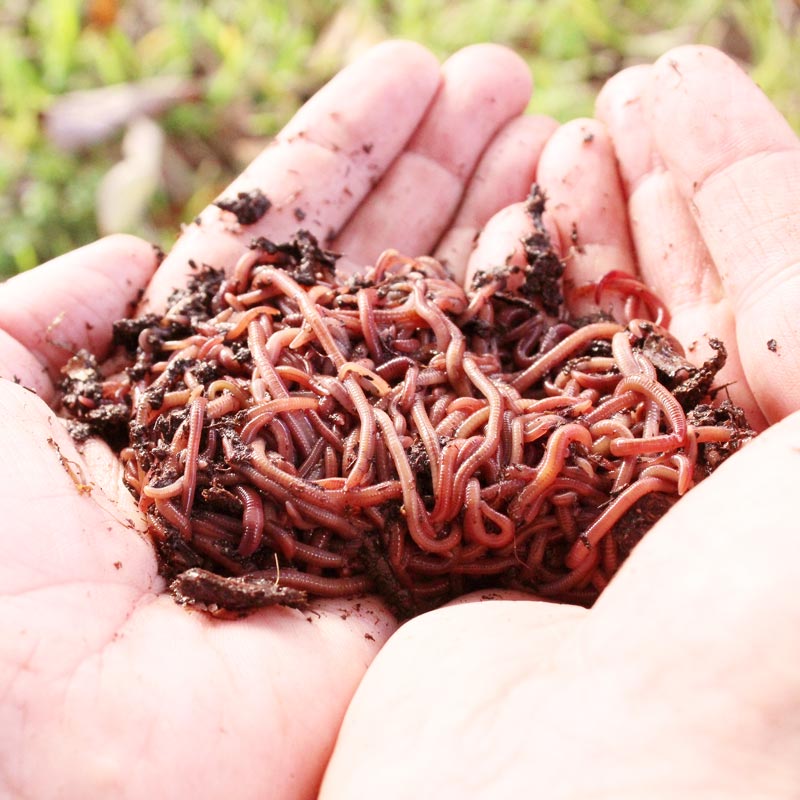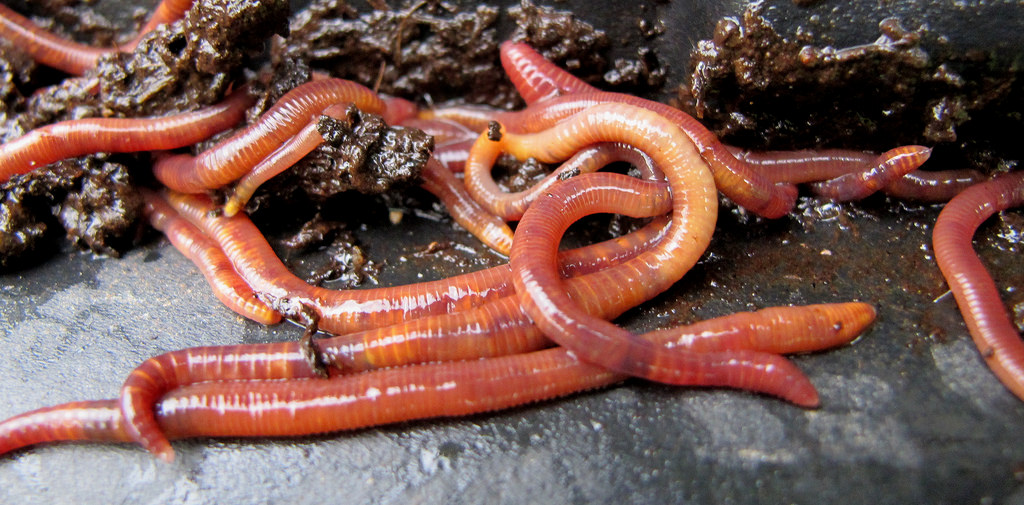Lake Hickory Bait: Your One-Stop Shop for Top-Quality Fishing Gear
Lake Hickory Bait: Your One-Stop Shop for Top-Quality Fishing Gear
Blog Article
Unlock the Secrets of Red Wigglers: Your Guide to Composting Success
The assimilation of red wigglers right into composting techniques presents a substantial chance for enhancing soil health and wellness and advertising sustainability. Comprehending their requirements and actions is essential for enhancing their capacity, from establishing up a suitable worm bin to feeding them the appropriate materials.

What Are Red Wigglers?
(Red Wiggler Express)Red wigglers, scientifically understood as Eisenia fetida, are a types of earthworm mainly used in composting because of their impressive ability to disintegrate natural issue efficiently. These worms are defined by their reddish-brown pigmentation and a fractional body, usually gauging between 3 to 4 inches in length. Unlike various other earthworm types, red wigglers grow in abundant, natural environments, making them suitable for vermicomposting systems.
Native to The United States And copyright, they are typically found in rotting leaves and compost heap, where they play an essential duty in nutrient recycling. Their adaptation to living in a wet, aerobic atmosphere enables them to consume large amounts of natural waste, simplifying right into nutrient-rich castings that enhance dirt wellness.
Red wigglers recreate quickly, with a single worm capable of generating several cocoons each week, each having several hatchlings. Recognizing the biology and actions of red wigglers is necessary for optimizing their capacity in composting applications.
Advantages of Making Use Of Red Wigglers
Using the power of red wigglers in composting uses many advantages that boost dirt health and wellness and promote lasting waste administration. These remarkable microorganisms efficiently damage down raw material, transforming kitchen area scraps and lawn waste into nutrient-rich vermicompost. This finished item is exceptionally beneficial for plant growth, as it improves soil framework, increases wetness retention, and improves vitamins and mineral accessibility.

(Red Wiggler Express)In addition, the visibility of red wigglers in your composting system can accelerate the composting process, generating top notch compost in a fraction of the moment compared to standard approaches. The castings generated by these worms are also bursting with advantageous microbes that even more improve the dirt ecosystem.
Establishing Your Worm Bin
Creating an effective worm bin is an uncomplicated process that can substantially improve your composting efforts. Worm bins can be made from plastic storage bins, wood boxes, or commercially offered worm bins.
Next, prepare the bed linens product, which works as the worms' habitat. A mix of shredded newspaper, cardboard, and coconut coir works well, giving a comfy atmosphere for the worms. Go for a bedding depth of about 4-6 inches. Dampen the bed linen lightly, guaranteeing it looks like a wet sponge without excess water pooling at the base.

Feeding Your Red Wigglers
To guarantee the health and productivity of your red wigglers, it is important to provide them with a balanced diet regimen that fulfills their dietary needs. Red wigglers grow on a varied range of natural products, which not just provide essential nutrients however also promote reliable composting.
Beginning by including cooking area scraps such as vegetable peels, fruit cores, and coffee premises. Prevent citrus fruits, onions, and garlic, as these can be harmful to worm wellness. Additionally, introduce shredded paper, cardboard, and dry leaves to produce a well-aerated setting.
Feeding regularity must be monitored; typically, worms can take in half their body weight in food weekly. It is critical to stay clear of overfeeding, as excess food can lead to undesirable odors and bring in bugs. An excellent technique is to include food in percentages, enabling worms to process it before presenting much more.
Keeping wetness degrees is also essential; the bedding must perspire however not soggy. Be certain to consistently examine the temperature and pH degrees of the container to make certain an ideal setting for your red wigglers, inevitably enhancing their composting efficiency.
Harvesting and Using Compost
An effective composting process with click resources red wigglers culminates in the rich, dark compost called vermicompost, which can dramatically boost soil health and wellness and plant development. Gathering this nutrient-dense material typically happens every three to six months, relying on the dimension of your system and the quantity of raw material being processed.
To collect, delicately separate the compost from the worms and any undecomposed materials. One effective technique entails moving the materials of the container to one side and including fresh bed linens and food to the empty space, encouraging the worms to migrate. After a couple of days, the compost can be collected from the contrary side.
It is necessary to make use of vermicompost correctly to maximize its advantages. It can be made use of as a leading dressing for garden beds, combined into potting dirt, or brewed into a nutrient-rich liquid plant food called "worm tea." This application technique aids to deliver important nutrients directly to plant roots, promoting healthier growth. By including vermicompost into your gardening routine, you not only reuse natural waste however likewise create a growing ecological community that supports lasting horticulture methods.
Conclusion
In recap, red wigglers serve as remarkable allies in composting efforts, changing organic waste right into nutrient-rich vermicompost. By understanding the optimum conditions for their environment, feeding demands, and compost harvesting strategies, garden enthusiasts can improve soil health and promote plant vitality.
Report this page